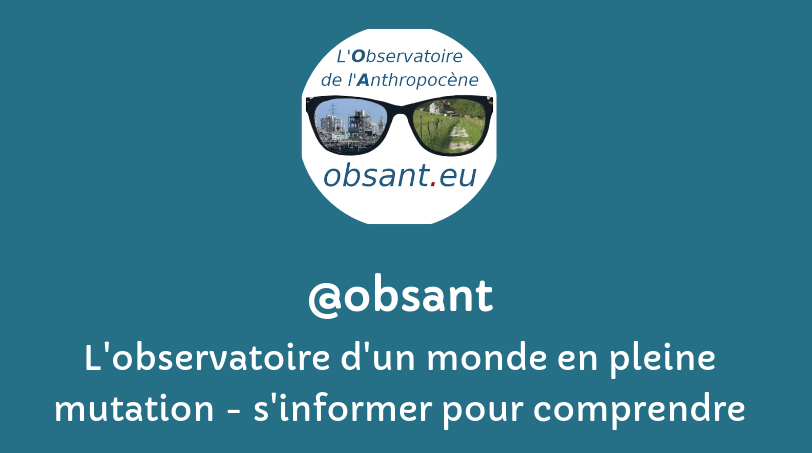Les champs auteur(e)s & mots-clés sont cliquables. Pour revenir à la page, utilisez le bouton refresh ci-dessous.
filtre:
Dennis Meadows
Published 1972 – The message of this book still holds today: The earth’s interlocking resources – the global system of nature in which we all live – probably cannot support present rates of economic and population growth much beyond the year 2100, if that long, even with advanced technology. In the summer of 1970, an international team of researchers at the Massachusetts Institute of Technology (MIT) began a study of the implications of continued worldwide growth. They examined the five basic factors that determine and, in their interactions, ultimately limit growth on this planet-population increase, agricultural production, nonrenewable resource depletion, industrial output, and pollution generation. The MIT team fed data on these five factors into a global computer model and then tested the behaviour of the model under several sets of assumptions to determine alternative patterns for humankind’s future. The Limits to Growth is the nontechnical report of their findings. The book contains a message of hope a
We have reviewed the first two chapters of the new book Limits and Beyond. The reviews can be found at The Yawning Gap (Chapter 1) and No More Growth (Chapter 2). In this post we take a look at the third chapter, written by Dennis Meadows, a co-author of the original Limits to Growth. Dr. Meadows reports that he has delivered over a thousand speeches to a very wide variety of audiences. In this chapter the author summarizes “19 of the most common questions, comments and objections” that he has received over the years. Some of his insights are as follows:
In 1972, a book changed the world. The Club of Rome commissioned a report that shifted how we see what humans are doing to the planet. Looking back five decades later, what happened next, what did we do and not do, what did we learn, and what happens now? In The Limits to Growth, a team from MIT studied the way humans were using the resources of the earth. Using sophisticated computer modelling, the researchers developed scenarios to map out possible paths for humanity, the global economy and the impact on the planet.
Only rarely does a book truly change the world. In the nineteenth century, such a book was Charles Darwin’s On the Origin of Species. For the twentieth century, it was The Limits to Growth. Not only did this best-selling 1972 publication help spur the environmental movement, but it showed that the underlying dynamics of the modern industrial world are unsustainable on the timescale of a couple of human lifetimes. This was profoundly important information, and it was delivered credibly and clearly, so that every policy maker could understand it.
club of Rome
Dennis Meadows: The notion that there is some kind of fairly attractive sustainable society ahead of us if we can only find it is now a fantasy. The global population, its use of materials, its generation of wastes has grown so far above the sustainable capacity of the planet that there is nothing ahead [of the kind] that the sustainable utopia people are talking about.
![]()



